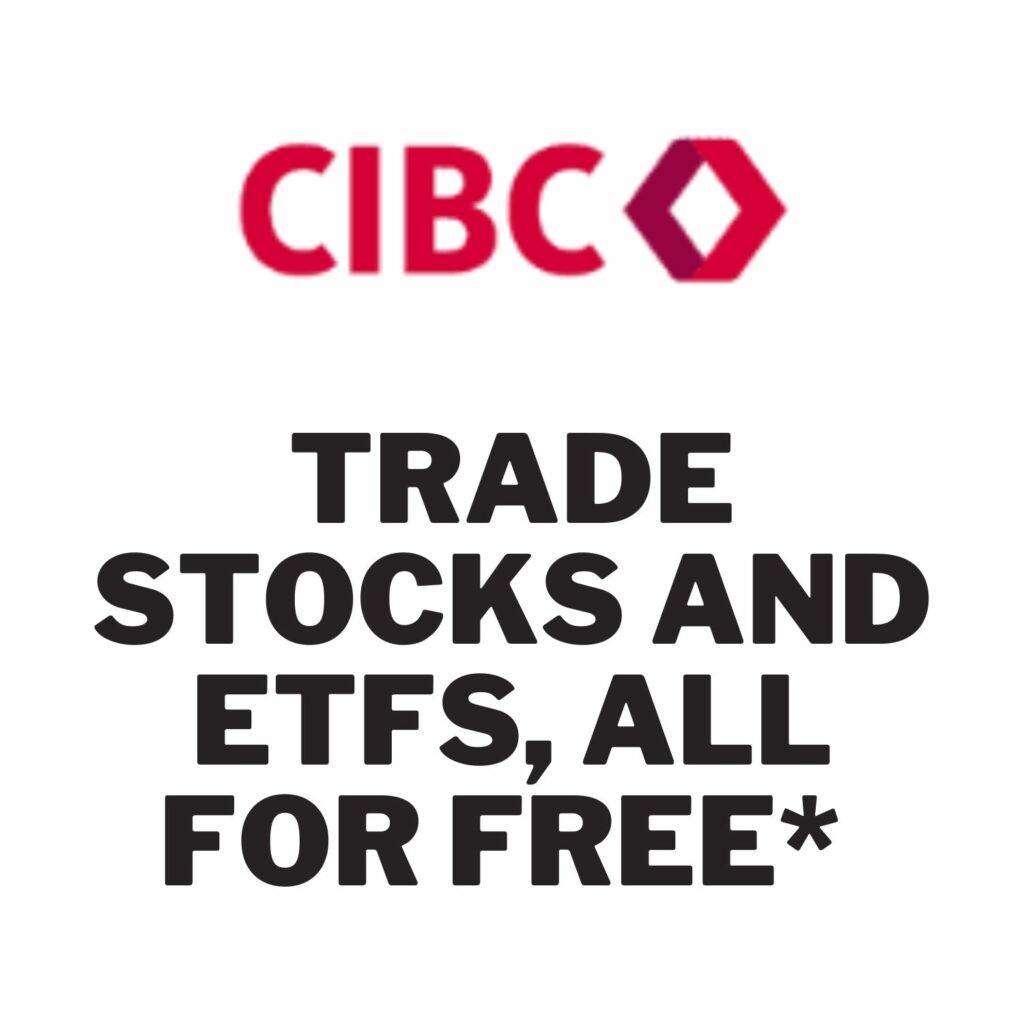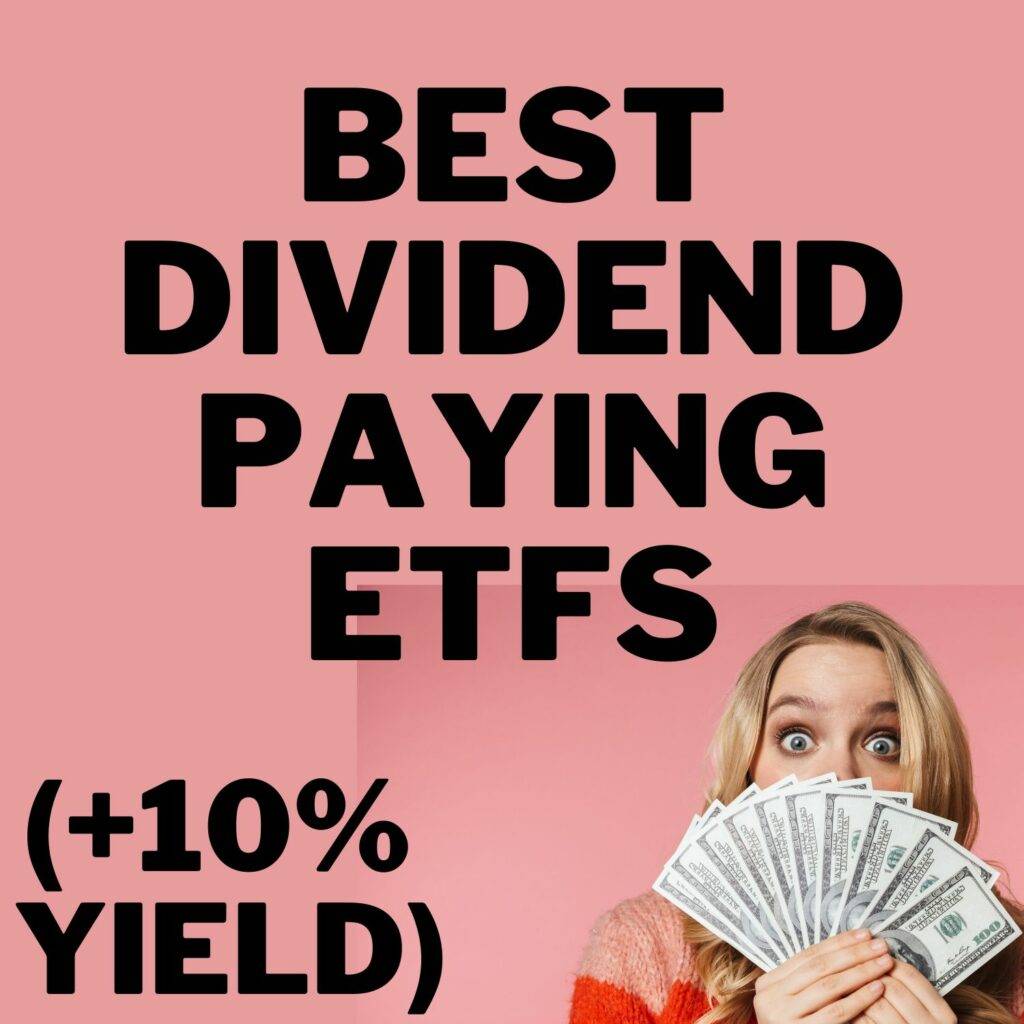The allure of the best dividend paying ETFs, especially those with yields surpassing 10%, stands out prominently. Our focus here is on uncovering these high-yielding ETFs, predominantly within the realm of covered call ETFs, known for their exceptional dividend payouts. Adhering to a meticulous methodology, we spotlight ETFs that not only offer an impressive dividend yield of over 10% but also maintain a minimum Asset Under Management (AUM) of $100 million, blending high yield with financial stability.

These ETFs present an attractive proposition for those seeking to enhance their income streams, combining the benefits of regular dividend payments with the potential for capital appreciation. Particularly, covered call ETFs utilize an options strategy to generate additional income, thereby elevating their dividend yield.
Best Dividend Paying ETFs: Comparison AUM and MER
Dividend yield
| Name | Div Yield |
| HMAX -HAMILTON CDN FINANCIALS YD MAX ETF | 15.52% |
| ENCC -HORIZONS CDN OIL GAS EQTY CVRD CALL | 14.69% |
| HPYT -HARVEST PREMIUM YIELD TREASURY ETF | 14.62% |
| UMAX -HAMILTON UTILITIES YIELD MAXIMIZER ETF | 13.79% |
| HYLD -HAMILTON ENHANCED US COVE CALL ETF | 12.09% |
| QMAX -HAMILTON TECHNOLOGY YIELD MAXIMIZER | 11.72% |
Asset under management and inception date
[stock_market_widget type=”table-quotes” template=”color-header-border” color=”#5679FF” assets=”HMAX.TO,ENCC.TO,HPYT.TO,UMAX.TO,HYLD.TO,QMAX.TO” fields=”symbol,price,change_pct,net_assets,fund_inception_date” display_header=”true” display_chart=”false” search=”false” pagination=”false” scroll=”false” rows_per_page=”5″ sort_direction=”asc” alignment=”left” api=”yf”]
HMAX – Hamilton Canadian Financials Yield Maximizer
HMAX ETF is a new fund offered by Hamilton ETF. The fund invests in the Canadian banking sector. This fund aims to provide an attractive dividend yield (target 13%) using a covered call strategy. The strategy consists of writing call options on (50% of the portfolio) to collect premiums and maximize monthly distributions.
What Does HMAX Hold?
| TICKER | NAME | WEIGHT |
| RY | Royal Bank of Canada | 22.2% |
| TD | Toronto-Dominion Bank | 20.1% |
| BMO | Bank of Montreal | 10.8% |
| BNS | Bank of Nova Scotia | 9.7% |
| BN | Brookfield Corp | 9.5% |
| CM | Canadian Imperial Bank of Commerce | 6.5% |
| MFC | Manulife Financial | 6.3% |
| SLF | Sun Life Financial | 5.3% |
| GWO | Great-West Lifeco | 5.1% |
| IFC | Intact Financial | 5.0% |
ENCC – Horizons Canadian Oil and Gas Equity Covered Call
ENCC is specifically crafted to cater to Canadian investors. Its central mission encompasses:
a) Providing an avenue for Canadian investors to access the performance of an index comprising domestic companies operating within the crude oil and natural gas industry. The current representation of this index is the Solactive Equal Weight Canada Oil & Gas Index.
b) Delivering monthly distributions that encompass dividend earnings and call option income, while factoring in expenses.
To effectively manage and potentially mitigate downward market risks while simultaneously generating income, ENCC will employ a dynamic covered call option writing strategy tailored to the preferences and needs of Canadian investors.

Portfolio
| Security Name | Weight |
| ARC Resources Ltd | 12.57% |
| Tourmaline Oil Corp | 11.60% |
| Keyera Corp | 10.62% |
| Canadian Natural Resources Ltd | 10.11% |
| Imperial Oil Ltd | 10.04% |
| Cenovus Energy Inc | 9.70% |
| Enbridge Inc | 9.10% |
| Pembina Pipeline Corp | 9.05% |
| Suncor Energy Inc | 8.76% |
HPYT – Harvest Premium Yield Treasury ETF
HPYT aims to provide unitholders with a high monthly distribution yield, with a secondary objective of preserving capital. The fund primarily invests in a diversified portfolio of U.S. treasury securities. By employing a covered call strategy, HPYT seeks to enhance the yield on its portfolio, offering investors an opportunity to gain regular income while maintaining exposure to low-risk treasury assets.
QMAX – Hamilton Technology Yield Maximizer
QMAX’s investment objective is to provide unitholders with a high monthly income through a combination of dividend and option strategy income, with a secondary focus on long-term capital appreciation. The fund invests in an equity portfolio of global technology companies. QMAX aims to maximize income yield from these technology investments while also offering potential for capital growth.
UMAX -Hamilton Utilities Yield Maximizer ETF
Hamilton introduced a new ETF called UMAX, which focuses on the utilities sector (UMAX was launched June 14th 2023). This ETF is designed to provide investors with attractive monthly income while offering exposure to a diversified portfolio of utility services equity securities primarily listed in Canada and the U.S. UMAX aims to reduce volatility and enhance dividend income by employing an active covered call strategy.
| TICKER | NAME | WEIGHT |
| BCE | BCE Inc | 7.7% |
| TRP | TC Energy Corp | 7.7% |
| ENB | Enbridge Inc | 7.7% |
| RCI/B | Rogers Communications Inc | 7.7% |
| FTS | Fortis Inc/Canada | 7.7% |
| EMA | Emera Inc | 7.7% |
| PPL | Pembina Pipeline Corp | 7.7% |
| WCN | Waste Connections Inc | 7.7% |
| CNR | Canadian National Railway Co | 7.7% |
| H | Hydro One Ltd | 7.7% |
| T | TELUS Corp | 7.7% |
| NPI | Northland Power Inc | 7.7% |
| CP | Canadian Pacific Kansas City Ltd | 7.7% |
Risks Associated with Covered Call ETFs

Variability in Distribution
A key characteristic of covered call ETFs is that their distributions can vary significantly, primarily because the option premiums, which are a major component of the yield, are not fixed. The income generated from selling call options depends on market volatility and the price movement of the underlying stocks. In periods of low market volatility or when stock prices are stagnant, the premiums received from selling options may be lower, subsequently reducing the overall distribution yield of the ETF. This variability can make it challenging for investors who rely on consistent income streams.
Risk of Capital Erosion
Another risk in some covered call ETFs is the potential for capital erosion. In rare instances, if the option premiums and dividends are not sufficient to meet the distribution targets, fund managers might resort to selling stocks within the portfolio. This practice, known as capital erosion, can diminish the fund’s asset base, impacting its long-term income-generating capacity and potentially leading to a reduction in the value of the ETF. To mitigate this risk, investors should select funds managed by reputable managers who possess strong expertise in options trading.
Covered Call Strategy and Growth Limitation
The covered call strategy, while beneficial for generating income, inherently caps the potential growth of the ETF. By selling call options, the fund gives up the upside potential beyond the strike price of the options. In a strong bull market where the underlying stocks may experience significant appreciation, the fund will not fully capitalize on these gains. As it is obliged to sell the stocks at the strike price. This limitation means that investors may miss out on substantial growth opportunities seen in a rising market.
No Safeguard Against Market Downturns
It’s also crucial to understand that a covered call strategy does not safeguard against market downturns. While the income from option premiums can provide some cushion, it may not be sufficient to offset significant declines in the underlying stock prices. Therefore, during market downturns, covered call ETFs can still experience substantial declines in value. This aspect emphasizes the importance of considering these ETFs as part of a diversified investment strategy rather than a standalone solution for income or growth.
In summary, while covered call ETFs offer an appealing avenue for income generation, understanding the associated risks is vital. Investors should consider the variability in distributions, potential for capital erosion, limitations on growth, and volatility when incorporating these ETFs.

